The dazzling colours of bamboo – yes, bamboo – which can steal your heart
Bamboo isn't just a hardy, quick-to-grow plant – it can bring terrific splashes of year-round colour to your garden, as Mark Griffiths explains.
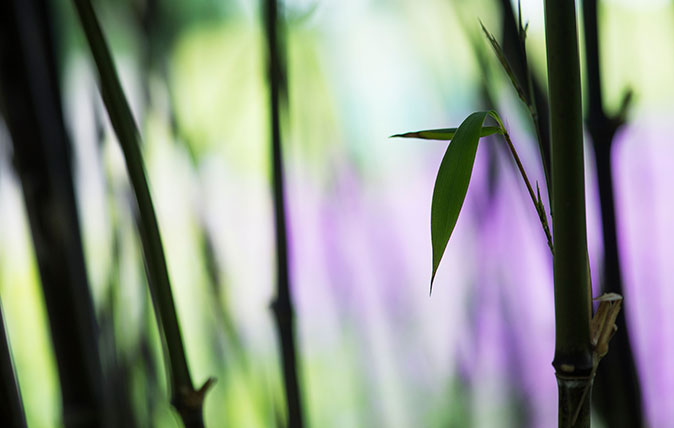

Some 22 years have passed since the bamboo Borinda papyrifera was introduced to British cultivation from its native Yunnan. Over that time, it has proved hardy in all but the coldest and most exposed sites and comfortable in sun or dappled shade on most moist, fertile and well-drained soils. Once the object of interminable-seeming waiting lists, it has at last become more readily obtainable.
All of which is just as well as none other of its tribe inspires such awe and longing among plant connoisseurs. I’ve seen it steal the hearts of even the most hardened bamboo-haters.
Forming a dense clump, it stands up to 25ft tall, a vision of verticality save for its summits and boughs, which hang heavy with luxuriant foliage. Each achieving about 2½in in diameter, the canes are celadon to duck-egg blue and iced with white powder. For a while after they emerge, they’re made all the more brilliant by the large sheaths that clad them and which resemble fine papyrus on their exteriors and pearly origami paper within.
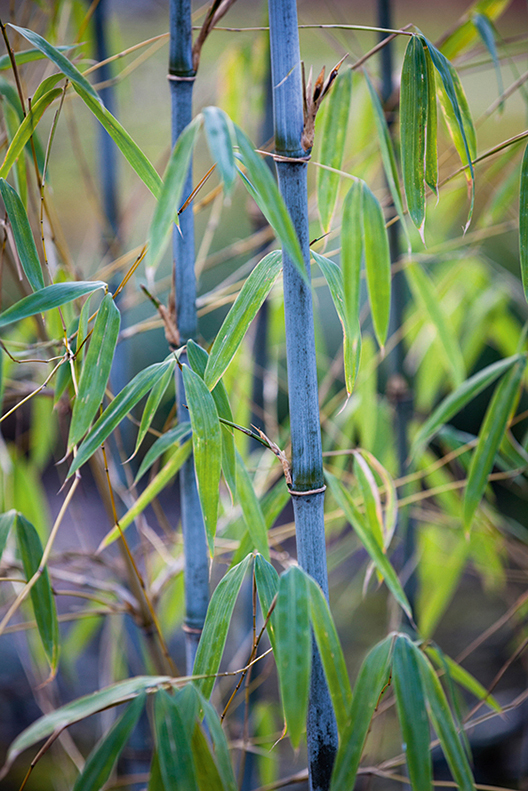
In its combination of ghostliness and majesty, B. papyrifera is a power plant, commanding a hallowed and sizeable space and a deservedly high price. However, it’s not the only beautifully pigmented bamboo to have come from China in recent decades. Others are easier to find and to use, being smaller and more companionable in their colouring.
Fargesia Jiuzhaigou is the best of several forms of Fargesia nitida discovered in Jiuzhaigou, a nature reserve in Sichuan. It makes a fountain-like clump to 8ft tall laden with small leaves that flicker with exquisite delicacy. As they age, its pea-stick-slim canes turn from purple-sheathed lime to ferrous red, carnelian and amber. Add to this its tolerance of pruning and shade and its dislike of harsh winds, and this is the perfect bamboo for beds and containers in small walled gardens and courtyards.
For more open sites, try F. scabrida Asian Wonder, which is tougher, more upright and larger, although still small (at most, 12ft tall) and decorous. Bloomed like red grapes and clothed with orange to cinnamon sheaths, the new canes amaze as they thrust through its willowy foliage – an effect I like to exploit by using it as an informal hedge, planted in a row, top-dressed with gravel or pebbles, and trimmed from time to time.
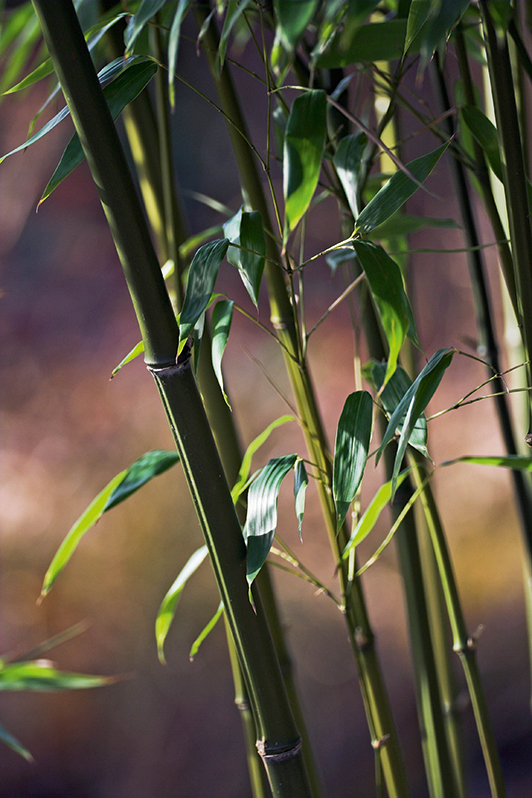
Remarkable colours can also be found among bamboos that have long been available. In Semiarundinaria fastuosa, the canes flush with rich plum. Sturdy and soaring, perfectly straight, to 20ft or more, they’re ruffed with foliage borne on short branches.
Sign up for the Country Life Newsletter
Exquisite houses, the beauty of Nature, and how to get the most from your life, straight to your inbox.
Confined in a long narrow bed alongside a building or wall, these pillars of vegetation will keep to a single, evenly spaced line, becoming a marvel of rhythmic rectitude. In such sites, the canes can be cut to the desired height once they’ve hardened. Elsewhere and allowed to spread, they form screens that are imposing, but extraordinarily elegant.
The most colourful canes of all are to be found in Phyllostachys: saffron in P. Allgold; jade-grooved and ruby-flushed sulphur in P. aureosulcata f. spectabilis; tortoiseshell in P. Boryana; silvery aquamarine in P. glauca; jet black in P. nigra; aubergine turning to chestnut-striped khaki in P. violascens. These are merely a sample of the Phyllostachys palette, as the pictures on this page show.
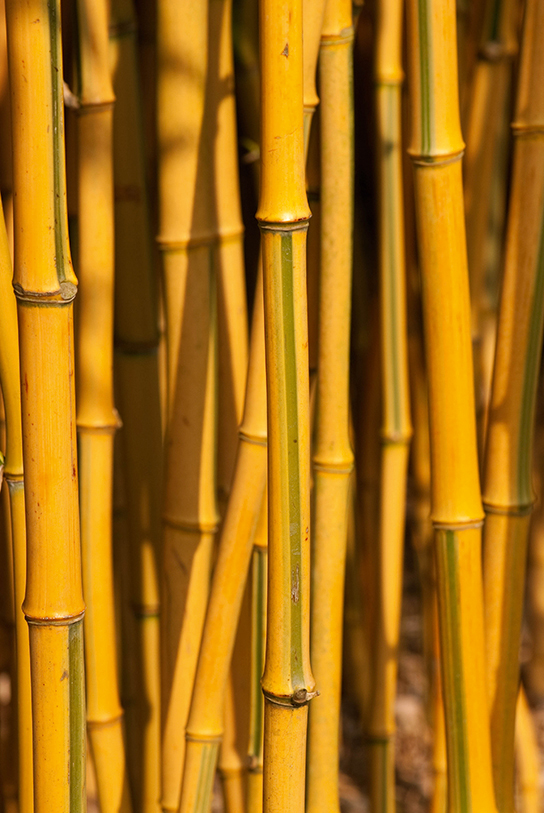
Although they can attain the stature of small trees, these will cope in large containers, but they are happier in the ground, where their rhizomes can wander and their canes expand from clump to grove. If necessary, their spread is easily contained by removing any straying shoots. Cutting out ageing canes (three years old or more) will make room for replacements and keep a grove airy.
Once the new canes have hardened, I prune the lower branches (up to chest height) to give a clear view of their form and colour. This is cosmetic rather than essential and applies only to Phyllostachys. One wouldn’t take the secateurs to B. papyrifera – no scope for perfectionism there.
Mark Griffiths is editor of the New RHS Dictionary of Gardening
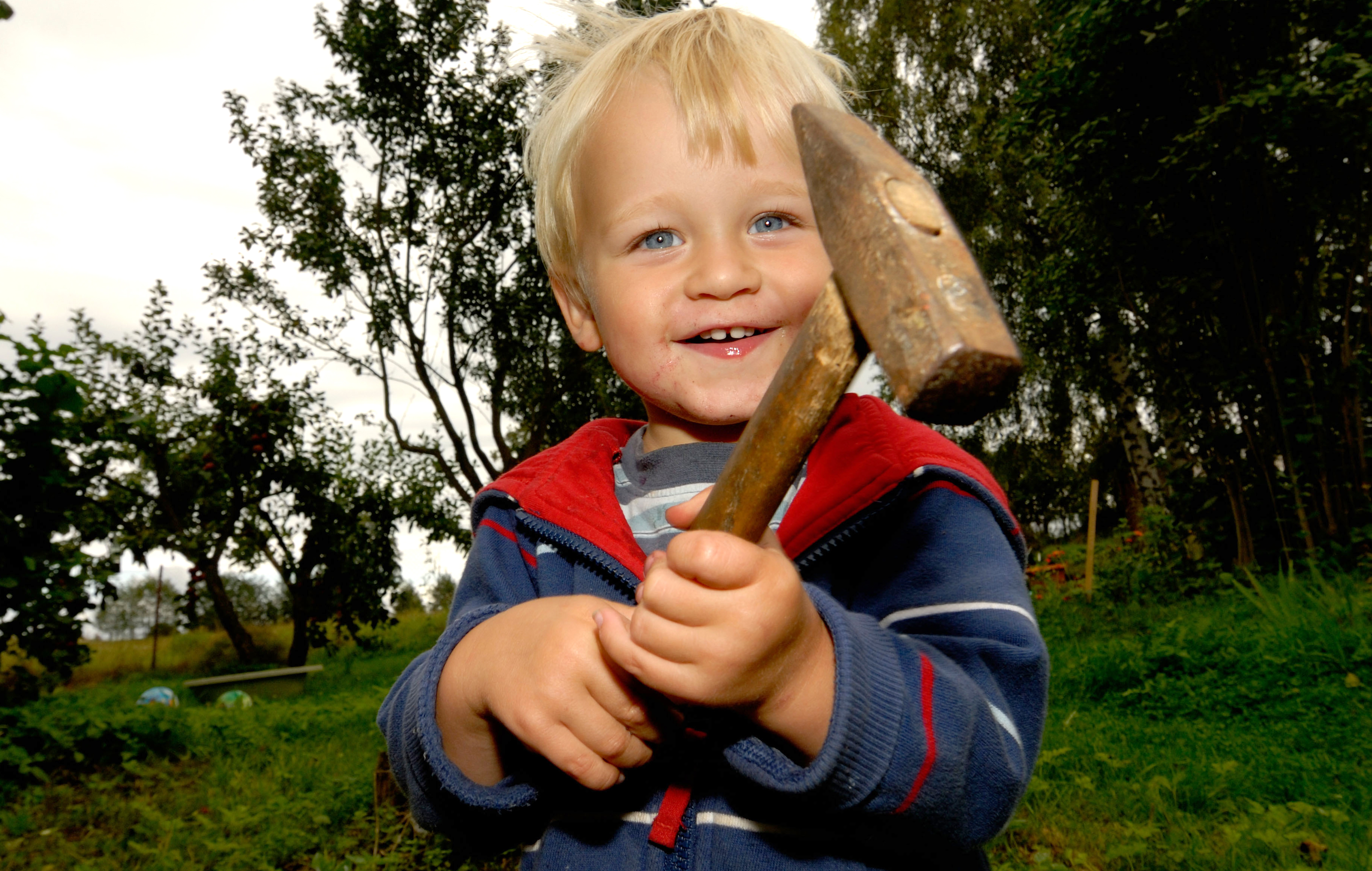
The worst garden pests of all? The ones you invite in with open arms
A couple of weeks ago, Alan Titchmarsh wrote a lovely piece for Country Life about how to get children and
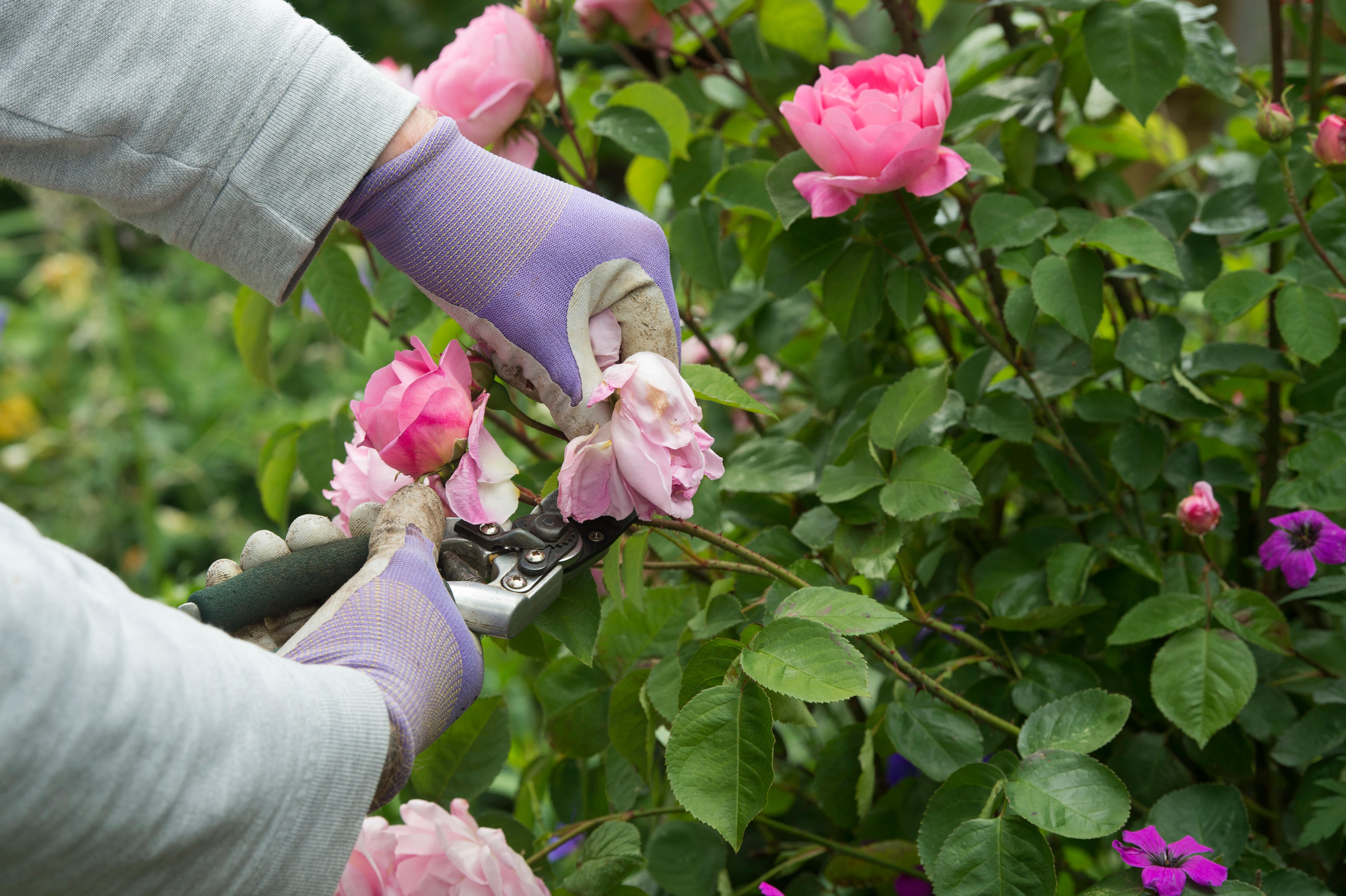
What to deadhead and what to leave alone
We delve into the Country Life archive to revisit Mark Griffiths's tips on deadheading — and in particular being careful about
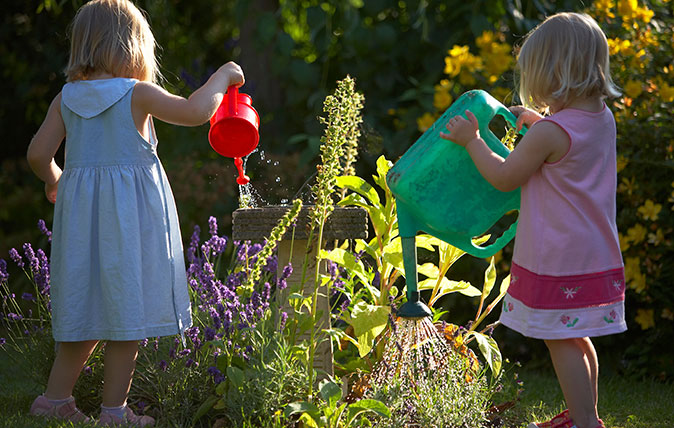
Credit: Alamy
Alan Titchmarsh: How to get your kids (or grandchildren) into gardening
Gardener, broadcaster and writer Alan Titchmarsh often gets asked about whether he has passed his green fingers on down the
Country Life is unlike any other magazine: the only glossy weekly on the newsstand and the only magazine that has been guest-edited by HRH The King not once, but twice. It is a celebration of modern rural life and all its diverse joys and pleasures — that was first published in Queen Victoria's Diamond Jubilee year. Our eclectic mixture of witty and informative content — from the most up-to-date property news and commentary and a coveted glimpse inside some of the UK's best houses and gardens, to gardening, the arts and interior design, written by experts in their field — still cannot be found in print or online, anywhere else.
-
 Vertigo at Victoria Falls, a sunset surrounded by lions and swimming in the Nile: A journey from Cape Town to Cairo
Vertigo at Victoria Falls, a sunset surrounded by lions and swimming in the Nile: A journey from Cape Town to CairoWhy do we travel and who inspires us to do so? Chris Wallace went in search of answers on his own epic journey the length of Africa.
By Christopher Wallace
-
 A gorgeous Scottish cottage with contemporary interiors on the bonny banks of the River Tay
A gorgeous Scottish cottage with contemporary interiors on the bonny banks of the River TayCarnliath on the edge of Strathtay is a delightful family home set in sensational scenery.
By James Fisher